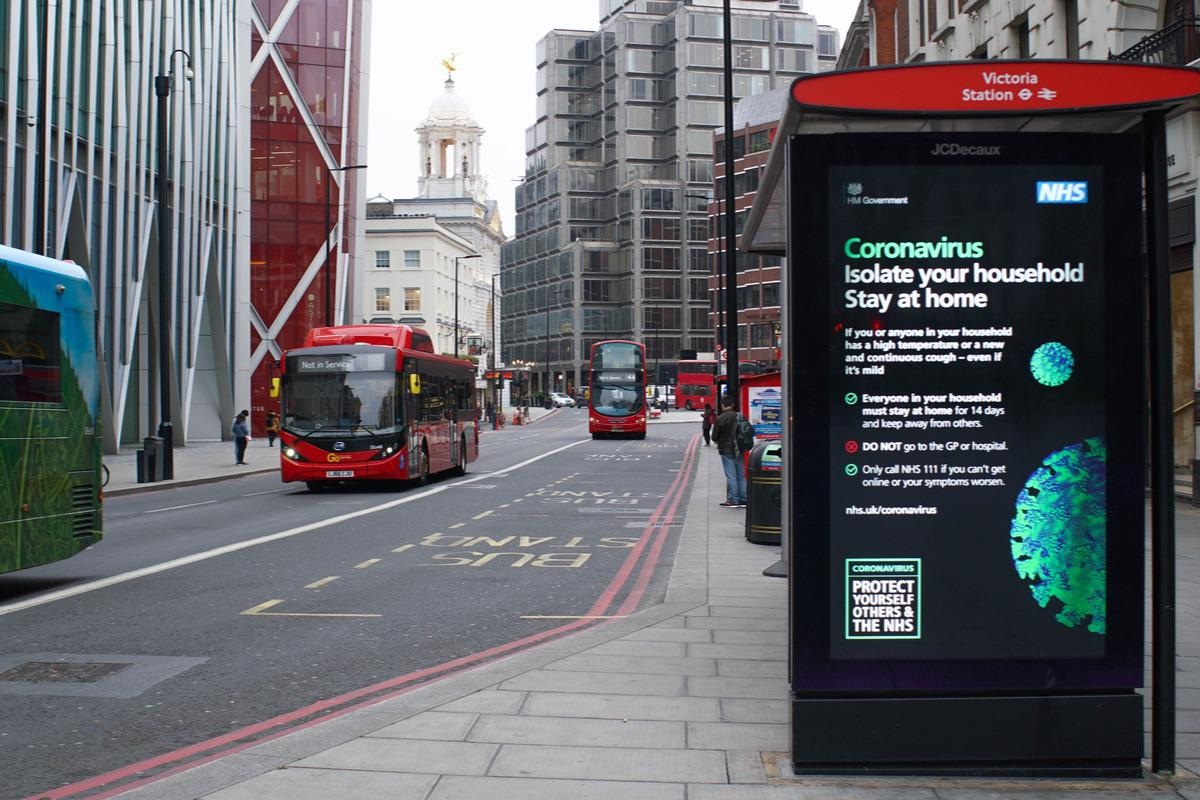In a paper published in the journal Sage, a team of researchers used the Warwick coronavirus disease 2019 (COVID-19) model, calibrated it to the available public health data streams, and estimated epidemiological quantities such as the effective reproduction number (R) during the first wave of COVID-19 cases in the UK between March–June 2020.
 Study: Fitting to the UK COVID-19 outbreak, short-term forecasts and estimating the reproductive number. Image Credit: Loveandrock/Shutterstock
Study: Fitting to the UK COVID-19 outbreak, short-term forecasts and estimating the reproductive number. Image Credit: Loveandrock/Shutterstock
R is a time-varying measure of the average number of secondary cases per infectious case in a population of both susceptible and non-susceptible hosts, whereas the basic reproduction number (R0) measures the average number of secondary infections in a population of susceptible hosts only. R is a significant factor while developing the preliminary understanding of key epidemiological characteristics for a newly emergent infectious disease such as COVID-19.
About the study
In the present study, the researchers used the University of Warwick Susceptible Exposed Infectious Recovered (SEIR)-type model which utilized epidemiological data from the seven National Health Services regions in England, including the East of England, London, the Midlands, the North East, Yorkshire, the North West, the South East, and the South West, and three countries - Northern Ireland, Scotland, and Wales. The study duration was March to June 2020, wherein the period from May to June corresponded to the first wave of the COVID-19 outbreak.
The study model incorporated multiple layers of heterogeneity and accounted for population stratified into five-year age bracket and symptomatic and asymptomatic severe acute respiratory syndrome coronavirus 2 (SARS-CoV-2) transmission to simulate the spread of SARS-CoV-2 within the UK.
The Warwick model estimated R, such that when R is below one, it indicates that the epidemic is exponentially declining, and there is scope for relaxation of intervention measures. However, as the value of R approaches one, relaxing the intervention measures may lead to an increase in COVID-19 cases again.
The study model was based on a large set of coupled ordinary differential equations (ODEs) and employed the evolving Markov Chain Monte Carlo (MCMC) inference scheme for calibrating with the available health care, mortality, and serological data streams. MCMC methodologies were a suitable choice for inferring parameters in the modeled framework as they allowed quick evaluation of the likelihood function to make the study approach feasible. Last, they represented the modeled quantities through Poisson or Binomial distribution, centered around the solution of the ODEs.
Findings
Researchers used multiple datasets in a Bayesian framework to minimize biases and delays to convert infection estimates for COVID-19 into public health measurable quantities that could be compared to data such as hospital admissions, ICU admissions, hospital beds occupied, ICU beds occupied, number of deaths, and seropositivity rates.
On a daily basis, the growth rate, r, defined as the rate of exponential growth (r>0) or decay (r<0) was calculated using a deterministic set of ODEs. The estimates showed returning average growth rates of 0.21 (doubling every 3.4 days), 0.06 (halving every 11.5 days), and 0.02 (halving every 34 days) during pre-lockdown, strict-lockdown, and relaxed-lockdown phases, respectively.
The early predictions were pessimistic about the reduction in COVID-19 infections that would be generated by the lockdown. However, the model framework evolved as more data streams became available (i.e., as the COVID-19 outbreak progressed) to provide more accurate estimations of epidemiological parameters.
The three-week short-term prediction period for each region changed over time and incorporated the effects of social distancing within the model framework. A comparison of short-term predictions and data over time also demonstrated an observable decline in the error – suggesting that the study model and inference methods had improved. Therefore, especially after the peak, predictions were far more accurate and did not overestimate future hospital admissions in London. Further, the error in the prediction dropped over time from very high values for simulations in early April 2020 to values in late May and June 2020.
Conclusions
To summarize, the study emphasized how crucial it is to constantly supplement epidemiological models with data in real-time (health care, mortality, and serological data) for effective capturing of parameters to inform scientific decisions of controlling fatal disease outbreaks, such as COVID-19. The authors also emphasized the importance of conveying the uncertainty in the parameters governing the COVID-19 transmission dynamics, as in absence of that, policymakers will miss relevant information and may assume a false sense of precision.
In addition, the work highlighted the challenges with predicting a COVID-19 outbreak in a rapidly changing environment. Any statistical model inevitably takes time to respond and detect real-world changes, thereby delaying the predictions. Thus, having the necessary set of models supported by efficient inference techniques and data processing mechanisms is the key when rapid and robust predictive results are needed to inform policymakers during a COVID-19 outbreak.